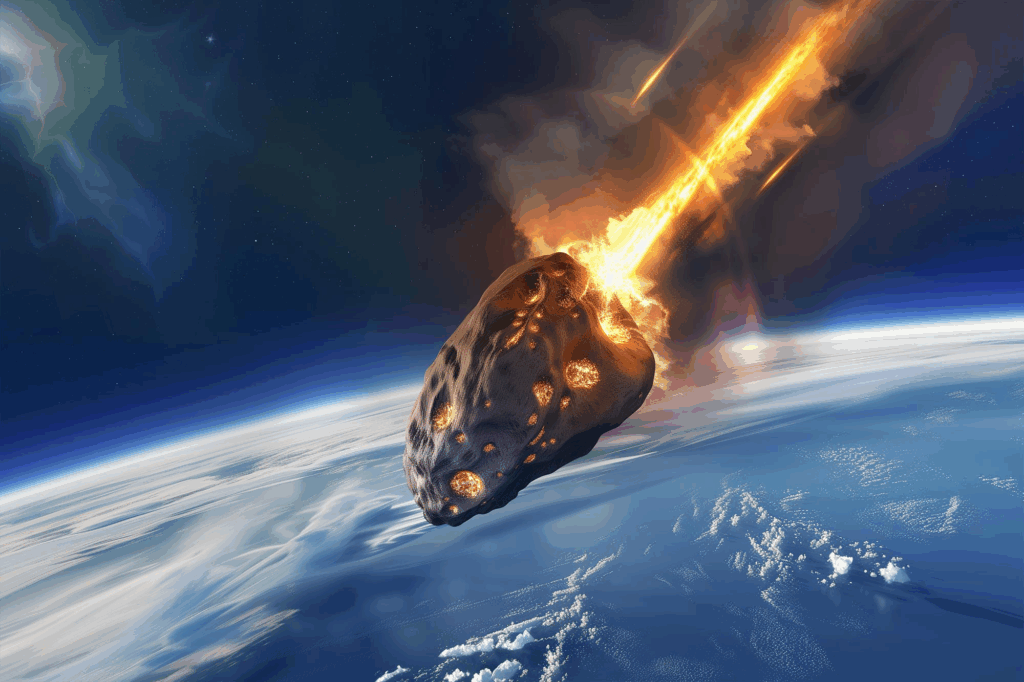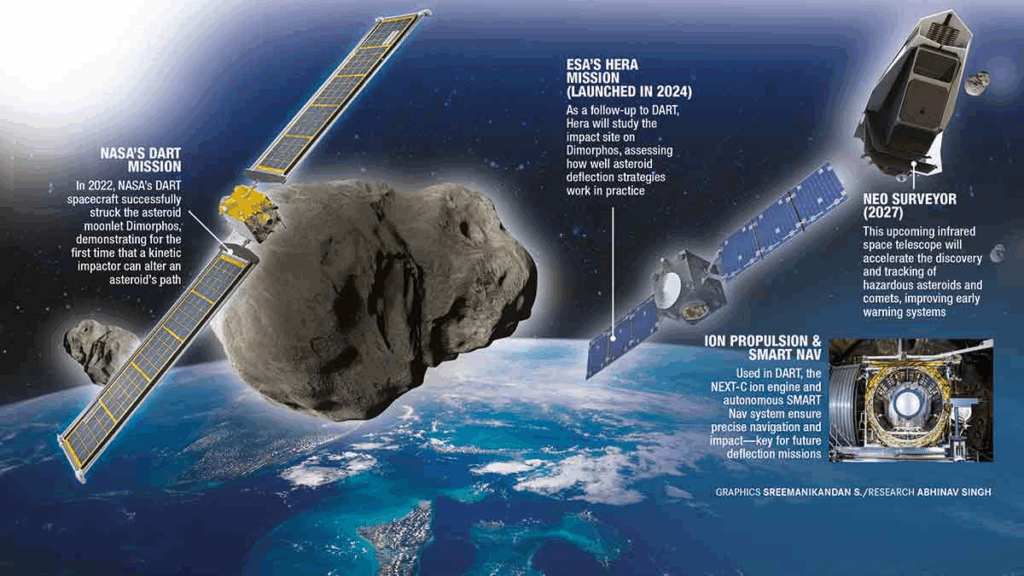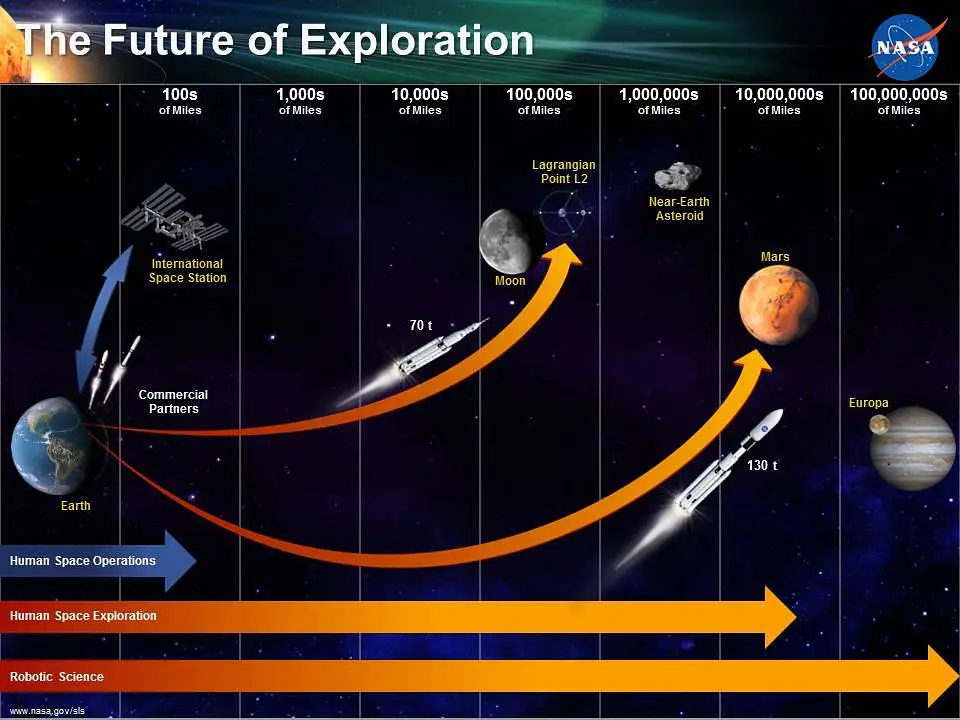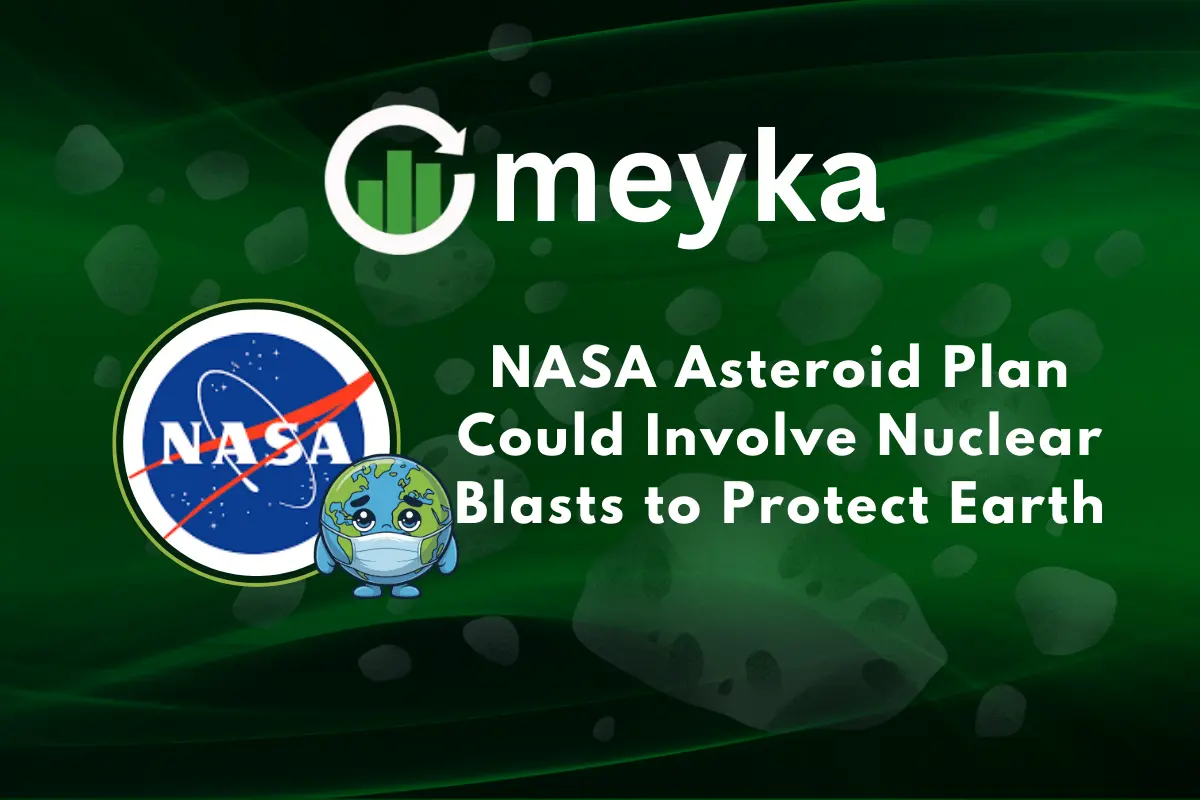NASA Asteroid Plan Could Involve Nuclear Blasts to Protect Earth
On September 26, 2022, NASA achieved a major milestone in planetary defense by crashing the Double Asteroid Redirection Test (DART) spacecraft into the asteroid moon Dimorphos. This mission proved that we can change an asteroid’s path using kinetic impact. It marked a big step forward in protecting Earth from potential cosmic threats.
Even with this success, defending Earth from larger and more dangerous asteroids remains a challenge. NASA is now exploring stronger measures, including the use of nuclear explosions. This method would involve detonating a nuclear device near an asteroid to either push it off course by vaporizing part of its surface or break it apart. Although studied for decades, advances in technology and simulations have made it a more practical option today.
This article explores NASA’s planetary defense strategies, with a focus on nuclear options. It looks at the science behind these methods, the risks involved, and the ethical questions that come with using such powerful tools in space.
About the Threat
Asteroids are rocky objects that orbit the Sun, mostly located in the asteroid belt between Mars and Jupiter. Some of them occasionally move closer to Earth. These Near-Earth Objects (NEOs) range from small rocks to massive bodies over a kilometer wide. Most pose no threat, but a collision with a large asteroid could cause devastating damage.

History shows that asteroid impacts can be catastrophic. The Chicxulub impact, about 66 million years ago, is linked to the extinction of the dinosaurs. In 1908, the Tunguska event in Siberia flattened more than 2,000 square kilometers of forest, likely caused by an asteroid or comet exploding in the atmosphere.
NASA’s Planetary Defense Coordination Office (PDCO) monitors NEOs to assess potential threats. As of September 2025, the PDCO has cataloged 873 NEOs larger than one kilometer and over 11,000 smaller objects capable of destroying cities. Continuous monitoring and early warning systems remain essential to protect Earth.
NASA’s Asteroid Defense Strategy
NASA follows a multi-step strategy to protect Earth from asteroids. The first step is detection. Ground-based telescopes like Pan-STARRS and the Catalina Sky Survey, along with space-based observatories such as NEOWISE, help spot Near-Earth Objects (NEOs). By September 2025, over 1.3 million space rocks had been cataloged.

Once detected, NASA studies an asteroid’s size, orbit, and composition. This information helps decide the best way to stop it. In 2022, the DART mission proved that a kinetic impact could change an asteroid’s path by colliding with its moonlet, Dimorphos.
NASA has several mitigation options. Kinetic impact involves hitting an asteroid with a spacecraft to push it off course. Nuclear explosions can deflect or break up large asteroids if an impact is imminent. Gravity tractors use a spacecraft’s gravity to slowly shift the asteroid’s path. Laser ablation heats the surface of an asteroid to create thrust, gently altering its trajectory. Each method has unique advantages depending on the asteroid’s size and distance.
Nuclear Blasts as a Possible Solution
Nuclear explosions are considered a last-resort method, mainly for large asteroids with short warning times. The idea is to detonate a nuclear device near the asteroid. This can either vaporize part of its surface to create thrust or break it into pieces.
This method faces challenges. Fragmentation could leave dangerous fragments. International treaties, like the 1967 Outer Space Treaty, limit nuclear weapons in space. Accurate targeting and timing are critical, requiring advanced technology.
Risks and Controversies
Nuclear deflection is controversial. Environmental concerns include radiation hazards and space contamination. Ethically, using such weapons carries risks of unintended consequences.
Legal and political issues also arise. Deploying nuclear devices may violate international law. Effective defense needs global cooperation, raising questions about responsibility, decision-making, and treaties.
Alternative Strategies
Alternatives to nuclear blasts are promising. Kinetic impact, proven by DART, is effective for smaller asteroids. Gravity tractors slowly alter paths but need long lead times. Laser ablation, still in research, uses heat to change trajectories without explosives. Asteroid tugs, which attach and push asteroids, are another concept but require significant time and resources. Each method has pros and cons depending on asteroid size, composition, and warning time.
NASA’s Timeline and Future Plans
NASA’s 2023-2032 Planetary Defense Strategy focuses on detection, mitigation, and international cooperation. The NEO Surveyor telescope, set to launch in 2029, will detect hard-to-see asteroids using infrared. Ongoing PDCO initiatives test new technologies, assess risks, and build global collaboration.

Long-term goals include a fully integrated planetary defense system, combining detection, characterization, and mitigation. Success will rely on sustained funding, advanced tech, and cooperation among nations.
Bottom Line
Planetary defense is essential for keeping Earth safe from asteroid threats. Nuclear explosions might be used only as a last resort. Safer options include kinetic impacts, gravity tractors, and laser ablation. By improving technology and working together globally, humans can be better prepared for cosmic dangers. These measures can lower the risk of devastating impacts and protect life on Earth.
Disclaimer:
The above information is based on current market data, which is subject to change, and does not constitute financial advice. Always do your research.






